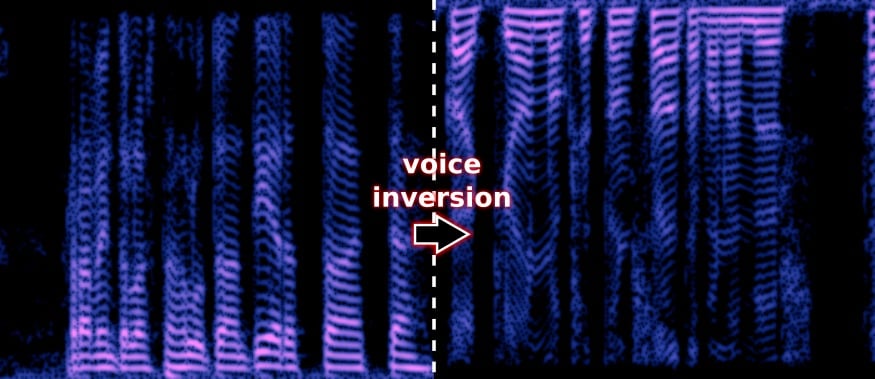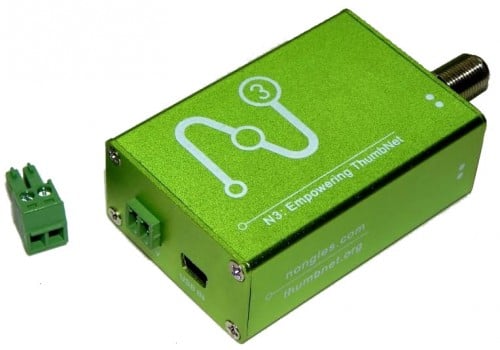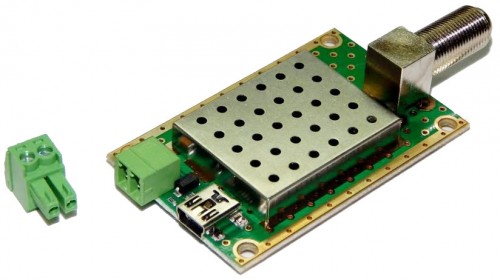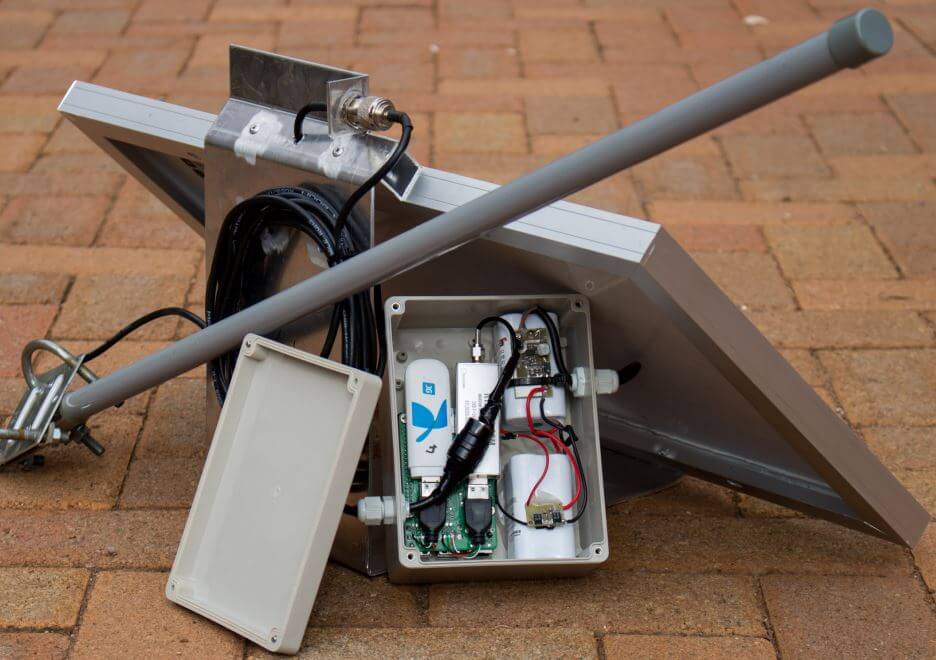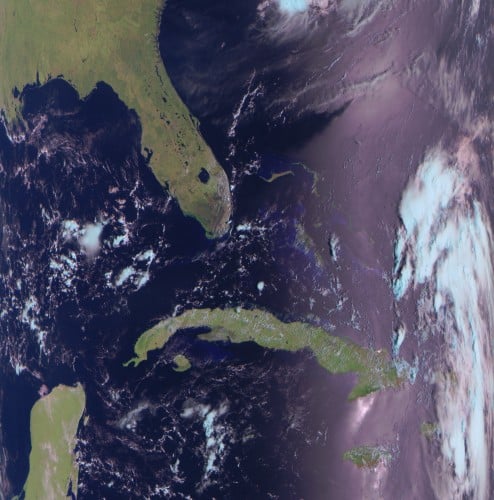deinvert: A Voice Inversion Descrambler
Voice inversion scrambling is a simple and old security method used on analog radios to try and obscure conversations from being listened in on by people with scanners. It works simply by by moving the low frequencies higher and the high frequencies lower, or in other words inverting the audio. A descrambler is then required to recover the true audio, otherwise you will only hear garbled audio. Voice inversion provides little real security, as it is very simply to descramble, and many scanner radios already have descrambling features built in. These days most secure communications are digital and encrypted, but voice inversion scrambling is still available on many analog radios, and could still be in use by some users looking for protection against casual eavesdroppers.
Oona Räisänen (aka windytan) has recently released a simple program called ‘deinvert’ over on GitHub. This program is a descrambler that reads in a scrambled wav file and outputs a descrambled audio file. The audio file could be easily recorded with an RTL-SDR and rtl_fm, or a similar SDR.
Way back in 2013 she also did a post on her blog about voice inversion scrambling which is a good read for further information on how it works, and how to descramble it.
